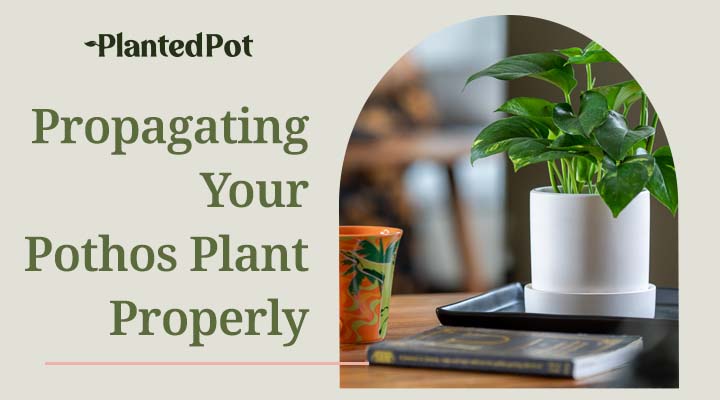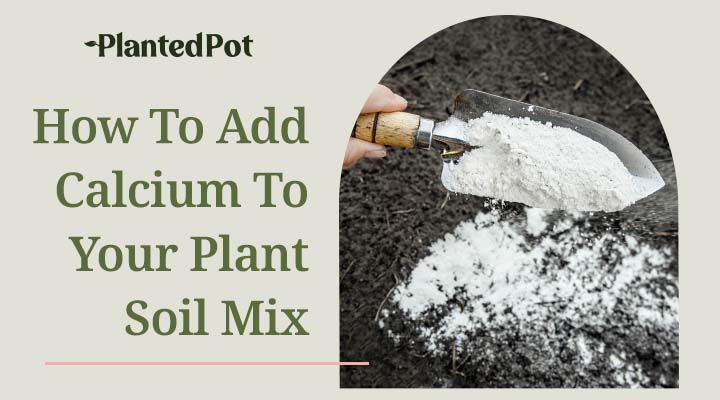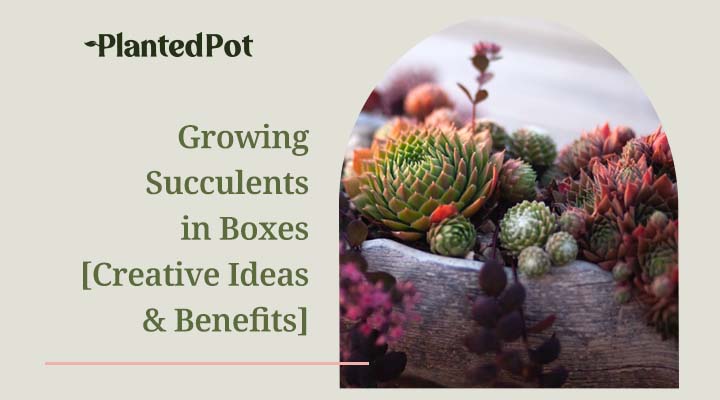
How to Grow a Snake Plant in Water [It’s Surprisingly Easy!]
Home / How to Grow a Snake Plant in Water [It’s Surprisingly Easy!]
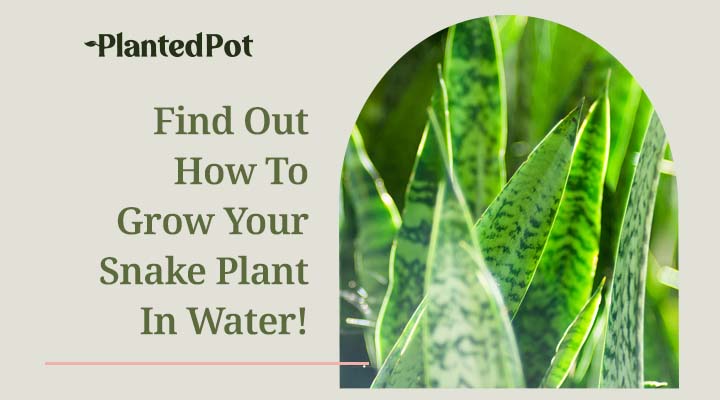
How to Grow a Snake Plant in Water [It’s Surprisingly Easy!]
- Amy Peterson
- October 19, 2021
- 11:20 am
- No Comments
Snake Plants (Sansevieria trifasciata) sometimes have the misfortune of being referred to as Mother-in-Law’s Tongue or Devil’s Tongue and are considered bad luck for your feng shui. Despite this bad rap, Snake Plants are tenacious houseplants favored for their easy care regime and bold look. They’re so resilient, in fact, that it’s possible to learn how to grow a Snake Plant in water completely without soil!
Propagating Snake Plant leaves is an easy way to multiply your plant and utilize the power of hydroponics, saving you headaches and money on the challenges of traditional soil planting. Want to hear more? Keep reading to find out how you can save on water and grow a healthier, happier plant.
Can A Snake Plant Survive Without Soil?
Snake Plants are commonly grown in soil but can survive in other mediums in the right conditions. These plants are succulents which means they tolerate poor care and neglect. This plant exchanges the carbon dioxide it intakes for oxygen. The pores of its leaves (stomata) only open at night to release this oxygen, preventing water inside the plant from evaporating in the hot sun. This is what allows the Snake Plant to resist drought and sustain its viability. It’s also the reason this plant is considered a weed in Australia! While this doesn’t mean you can ignore their needs or place them outside a pot as you would an Air Plant, it does make the Snake Plant an adaptable and forgiving houseplant.
Do Snake Plants Need Soil to Grow?
Snake Plants do not necessarily need to be planted in soil to grow. They are also able to thrive in water, pebbles, potting mixes, and water. Propagated Snake Plants and leaf cuttings from the Snake Plant can thrive in water if you are mindful of constant plant care and maintenance.
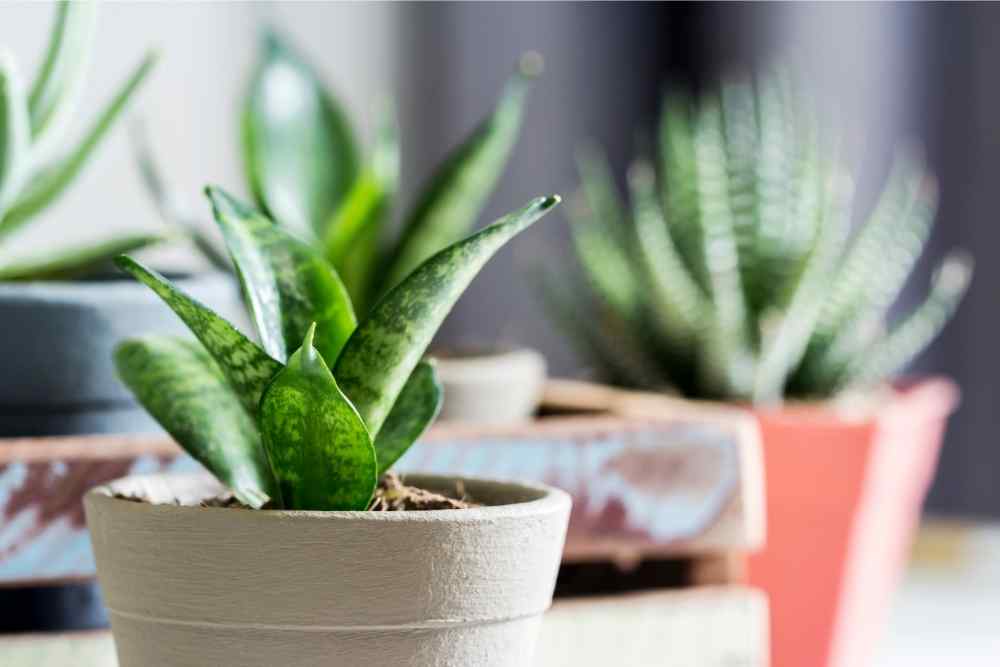
Can You Grow A Snake Plant In Water?
Yes, Snake Plants can be grown in water alone! Providing, of course, you keep the water clean and place them in a location where they get the right amount of sunlight. Placing a full-grown Snake Plant in a container of water or producing a new one from an existing plant are both ways you can grow your plant in the water!
What Are the Benefits Of Growing A Snake Plant In Water?
The biggest benefit to growing Snake Plants in water is that it saves you time and effort. Water-planted Snake Plants will not require as much care as those planted in soil because you don’t need to keep track of their watering.
Long gone will be the days of checking your soil for dampness! Hydroponic Snake Plants have constant access to water and can water themselves, so to speak. It takes longer to absorb all the water in a plant’s pot than when planted in soil, so it will take some time before you have to refill their container.
Plants, in general, are good at improving the air quality of your home. Research has shown us that houseplants can reduce air pollutants in the home, making the air cleaner to breathe. Adding a Snake Plant to your home can improve allergies, make it easier to breathe, and improve your health.
Aesthetically, Snake Plants are an intriguing addition to add to your interior decoration. They do well in low and indirect light, which makes them great houseplants. So besides being beneficial, having a Snake Plant is bound to draw gazes of admiration for its tall and gently variegated leaves.
Are Snake Plants Toxic for Pets?
Unfortunately, Snake Plants should be kept far away from your pets, even with all the good they do. Cats and dogs that ingest any part of this plant can experience mild allergic reactions in the mouth and throat, and stomach upset like diarrhea and vomiting. The juices of the Snake Plant can also cause skin rash and irritation on contact. In severe cases, they can be fatal for pets. They can be toxic for humans as well, causing swelling of the tongue and throat if a large amount is chewed or eaten.
Keep the plant out of reach of small children and pets by storing the plant on a high shelf. In cases where a pet or child has ingested a large amount of the plant, it’s best to go to emergency care immediately. As an added precaution, it’s best to handle the Snake Plant with gloves, especially when cutting or repotting it.
How to Grow Snake Plants In Water
If you plan to propagate a new Snake Plant from an existing one, you must first select how you want to start your new growths. There are two options for propagating a new Snake Plant: through leaf cuttings or division. Choose your method, pop on that Marvin Gaye, and let’s get to the baby-making.
Using Leaf Cuttings
Start by choosing a healthy Snake Plant that can afford to lose a leaf or two. From there, you will also need a knife or scissors. Clean your tool with rubbing alcohol to prevent infection. Choose one or two leaves (or however many new plants you want) that are sturdy and cut them starting at the base. Cut them into 2 – 3 inch sections.
Be careful to remember which end was closest to the base as the cutting will ONLY root from the low end closest to the base on the mother plant. That’s it! Now you’re ready to start the propagation repotting process with your new Snake Plant cuttings.
If you’re rooting your Snake Plant in a water environment and do not plan to transfer it to soil afterward, follow these steps:
- Choose a container that is tall enough to hold the leaf.
- Place the end of the leaf in just enough water to cover the bottom quarter.
- Leave your plant in an indirect light source and change the water every couple of days until roots form (in about 4 – 5 weeks).
- For leaf cuttings, roots should form after a few weeks, and at this point, you can transfer to a more permanent container and add pebbles to anchor the plant if you want.
- Mix in fertilizer to the water, so your plant gets enough nutrients.
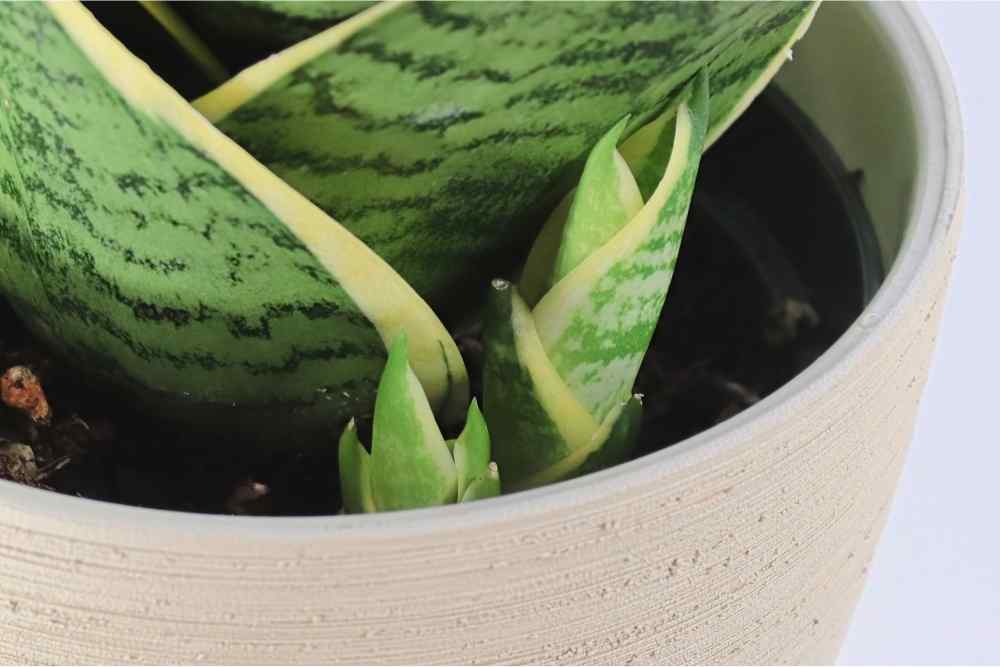
The Division Option
If you have a healthy, fully grown Snake Plant, you can also use the division method to break it up into other smaller plants. Mature Snake Plants grow from thick “organs” called rhizomes which house the plant’s energy and help it grow. When pulling the plant from its pot, try not to damage the rhizomes or roots. Separate the plant into sections at the base. A rule of thumb is to leave three rhizomes per leaf.
Some Snake Plants may also have offshoots separate from the mother plant that will be easier to separate and replant. To grow division segments in water, you follow similar steps to what you would do for leaf cuttings:
- Choose a container that is tall enough to hold the segment.
- (Optional) Add pebbles or other rock anchoring to the bottom of the container.
- Place the end of the plant in just enough water to completely cover the roots and a quarter of the rhizome. Cover the roots and rhizomes under your pebbles (or chosen medium) before adding water when placing the plant in a container with pebbles at the bottom. The water level should be just below the surface of the pebbles.
- Add fertilizer to the water to provide your plant with all of the nutrients it needs to thrive.
- Leave your plant in an indirect light source and watch it grow!
Tips To Maintain A Snake Plant In Water
While the Snake Plant is easy to manage, growing them in water still requires some maintenance. Keep in mind the following tips to keep your Snake Plant happy and healthy.
- Your container will likely develop algae. This isn’t necessarily a bad thing, but if you feel it is too much, you can take your plant out for a few minutes while rinsing the container with warm water and soap. Afterward, refill with water and place the plant back.
- Pebbles not only look great in your Snake Plant container but will also help anchor and keep your plants upright in the water.
- Keep an eye on the water level. It’s okay if some water evaporates, but add more when the water level gets too low (if roots are uncovered or close to being uncovered).
- Mix the fertilizer into your water properly. 1 tsp of fertilizer is usually enough, but this depends on how big your container is. Follow the instructions on the packaging for the best results.
- In the winter, stop using fertilizer and rely on plain water alone. There is less light in the winter, and plants slow their growth in this season. Resume adding it again in the spring.
- If your water is cloudy or smells, there is a chance there is rotting debris inside. Remove all water from the container and any debris, and clean the container with soap and water. A few pieces of activated charcoal will help keep the water cleaner for longer.
Why Do Snake Plants Rot in Overwatered Soil but Not in Just Water?
Overwatering your Snake Plant may indeed lead to root rot and poor plant health. So why does this not happen when you place them in a container filled with water? The answer is because of oxygen availability at the roots.
Plants absorb oxygen from the water present in the soil. If the soil is aerated, water near the roots will absorb oxygen from the air. If the soil is overwatered, it’s hard for air to penetrate the soil. Soil that is always wet doesn’t allow for air pockets which will suffocate your plant. This also creates an environment where bacteria can grow, which further damages the health of the plant.
There is no issue with soil density when growing plants in water because oxygen is constantly present in water. Growing Snake Plants hydroponically creates a system where the plants are not oxygen-deprived and are not subjected to rot.
Where Can I Buy Snake Plants Online?
Snake Plants are available to purchase online here at Planted Pot! With the convenience of home shopping, Planted Pot carries plants of all kinds to add a little color and natural ambiance to your living space.
Final Thoughts – How To Grow A Snake Plant In Water
Snake Plants are not fussy plants. They can be grown in soil or water and are one of the most durable plants for starters and non-plant -savvy folk alike. This plant can produce infinite amounts by propagating Snake Plants from their leaf cuttings or divided sections.
For those looking for interesting and long-lasting indoor plants, the Snake Plant is the perfect fit. Growing a Snake Plant in water can save you money and time by cutting out the time you spend watering. It also prevents root rot and other issues caused by waterlogged soil. If you want to make plant raising even easier, try growing your Snake Plant in water instead of soil!


